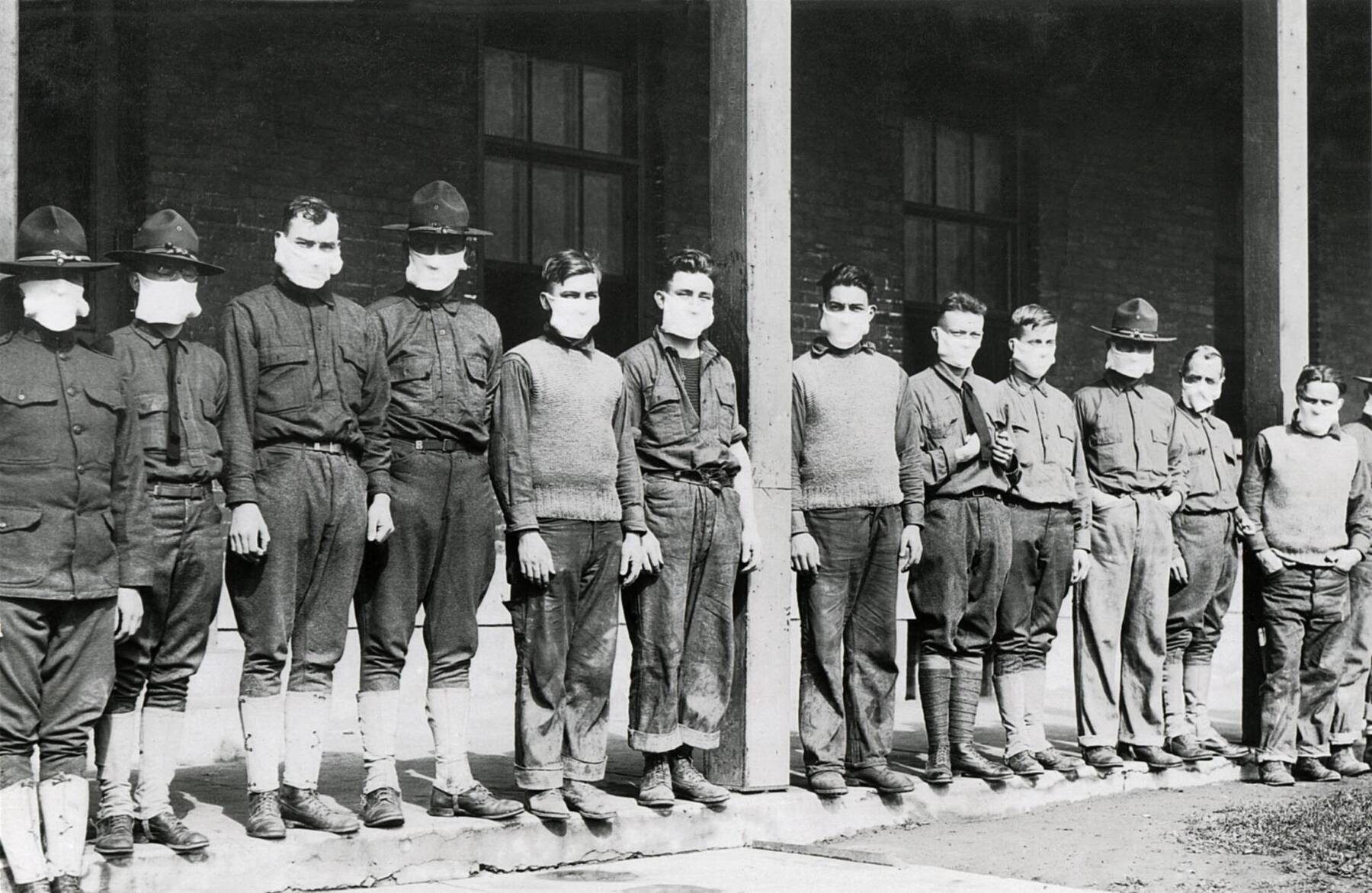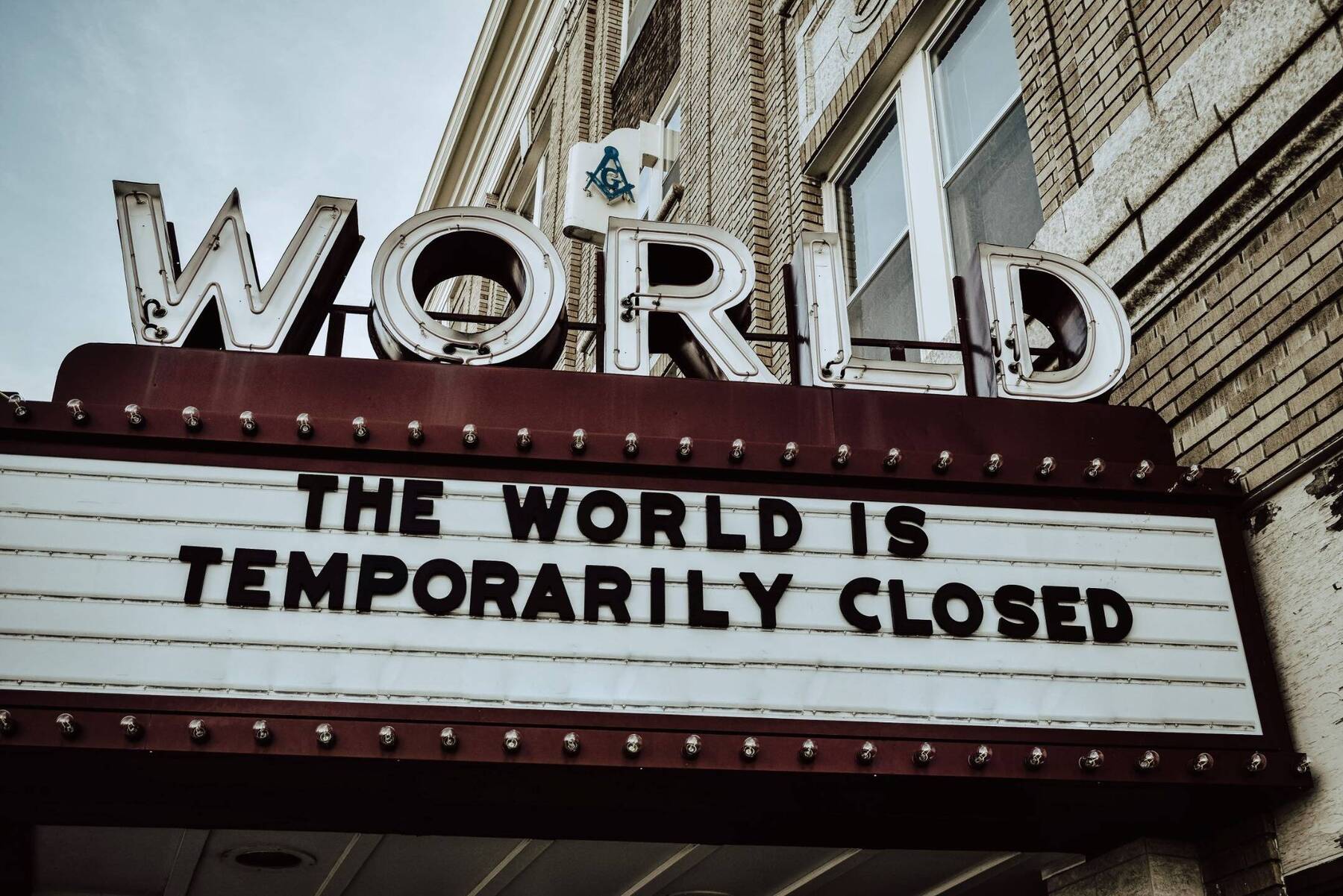Bendedictow, OJ (2005), The Black Death: The Greatest Catastrophe Ever, History Today 55(3) 3 March 2005,
https://www.historytoday.com/archive/black-death-greatest-catastrophe-ever
Coronavirus COVID-19 Global Cases by the Center for Systems Science and Engineering (CSSE) at Johns Hopkins University (JHU),
https://coronavirus.jhu.edu/map.html
Coronavirus disease (COVID-19) outbreak, World Health Organization,
https://www.who.int/westernpacific/emergencies/covid-19
Statement on the meeting of the International Health Regulations (2005) Emergency Committee regarding the outbreak of novel coronavirus (2019-nCoV), Geneva, Switzerland, 23 January 2020,
https://www.who.int/news-room/detail/23-01-2020-statement-on-the-meeting-of-the-international-health-regulations-(2005)-emergency-committee-regarding-the-outbreak-of-novel-coronavirus-(2019-ncov)
Kelly, J. (2005), The Great Mortality: An Intimate History of the Black Death, HarperCollins
LePan, N (2020), Visualizing the History of Pandemics (2020), 14 March 2020,
https://www.visualcapitalist.com/history-of-pandemics-deadliest/
Mayor, S (2020), Covid-19: Researchers launch app to track spread of symptoms in the UK
BMJ 368; m1263, https://www.bmj.com/content/368/bmj.m1263
Snow, J. (1856) Cholera and the Water Supply in the South Districts of London in 1854 Journal of Public Health, and Sanitary Review 2(7), 239-257,
https://www.ncbi.nlm.nih.gov/pmc/articles/PMC6004154/pdf/jphsanitrev74187-0047.pdf
Spyrou, MA (2006), Historical Y. pestis Genomes Reveal the European Black Death as the Source of Ancient and Modern Plague Pandemics 19(6), 874-881,
https://www.cell.com/cell-host-microbe/fulltext/S1931-3128(16)30208-6
Qiu, J (2020), on March 11, 2020 How China’s “Bat Woman” Hunted Down Viruses from SARS to the New Coronavirus, Scientific American,
https://www.scientificamerican.com/article/how-chinas-bat-woman-hunted-down-viruses-from-sars-to-the-new-coronavirus1/
Taubenberger, J and Morens, DM (2006), 1918 Influenza: the Motherof All Pandemics, Emerging Infectious Diseases, 12(1),
https://www.ncbi.nlm.nih.gov/pmc/articles/PMC3291398/pdf/05-0979.pdf
Zhou, P et al (2020), A pneumonia outbreak associated with a new coronavirus of probable bat origin, Nature 579, 270–273,
https://www.nature.com/articles/s41586-020-2012-7



















Comments